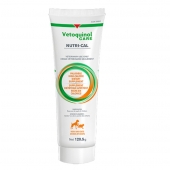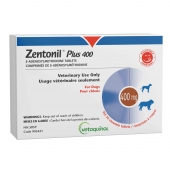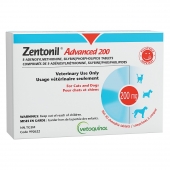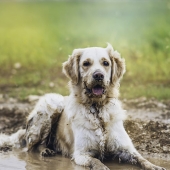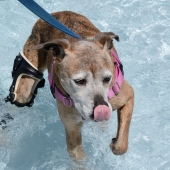Microchipping is a safe and permanent way to identify your furry friend using a microchip.
A tattoo or an identification tag with your name or phone number can be useful, but microchipping your pet is the best way to find your pet if he or she gets lost, is stolen or runs away.
What is a microchip?
A microchip is a very tiny capsule (the size of a grain of rice) that contains an electronic chip. The chip contains a unique and universal alphanumeric code that makes it possible to contact you if your pet gets lost.
How is the microchip implanted into my pet?
The microchip is sterilized and packaged individually. Using a special syringe, your veterinarian or animal health technician will implant the microchip under your pet’s skin, between the shoulder blades. This step is quick and relatively painless for the pet, a bit like a vaccine. The microchip is unique and will keep working throughout your pet’s lifetime.
Your pet can be microchipped during a visit to the veterinarian for vaccination, neutering or spaying. Some municipalities also offer microchipping clinics throughout the year.
How does it work?
When a lost or stray pet is found and brought into a veterinary clinic or animal shelter, a reader is used to see if there is a microchip.
Your pet’s back is scanned with the reader. A code will display on the reader when scanning over the microchip. With this data, your complete information can be retrieved from a database.
What are the benefits of microchipping?
The database is always accessible and reuniting with your pet is faster and more efficient. Once your pet is found, the company managing the microchip will contact you directly and tell you where to retrieve your lost pet.
As a pet owner, what are my responsibilities?
It is important to keep your contact information up to date in the database. If you move or change phone numbers for example, please remember to call the company that manages the database.
There are many happy pet and owner reunions thanks to microchipping, so don’t hesitate to talk with your veterinarian if you would like to learn more.

